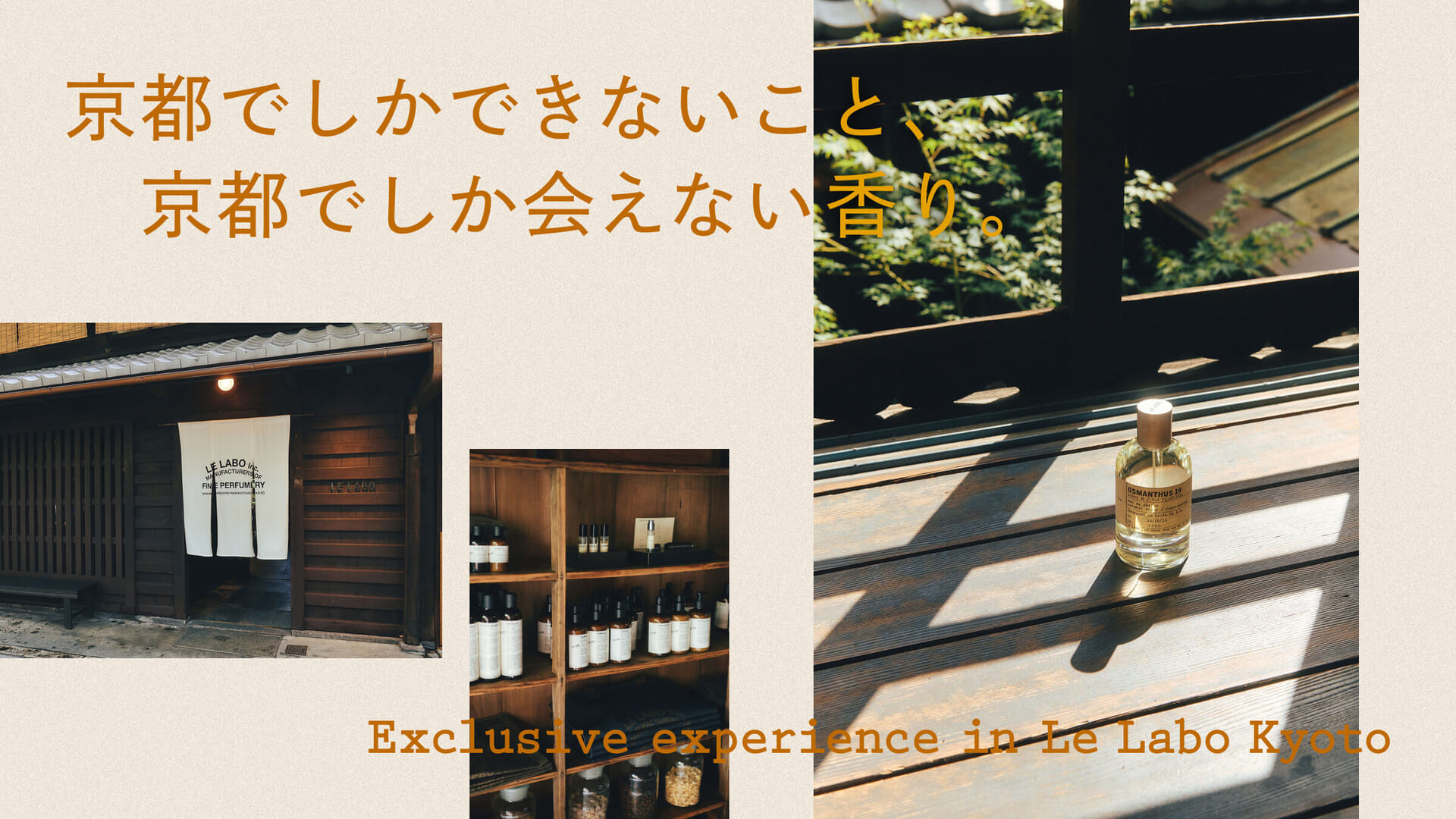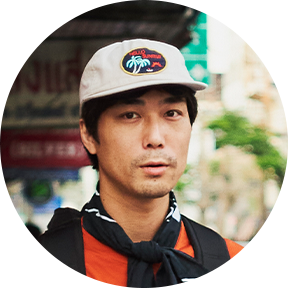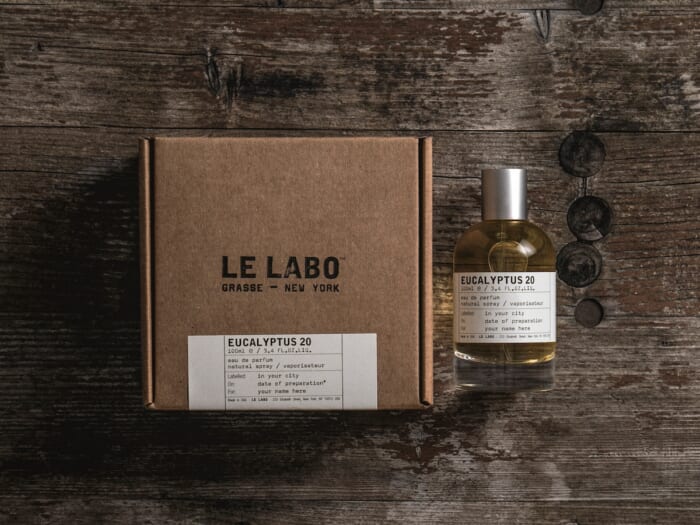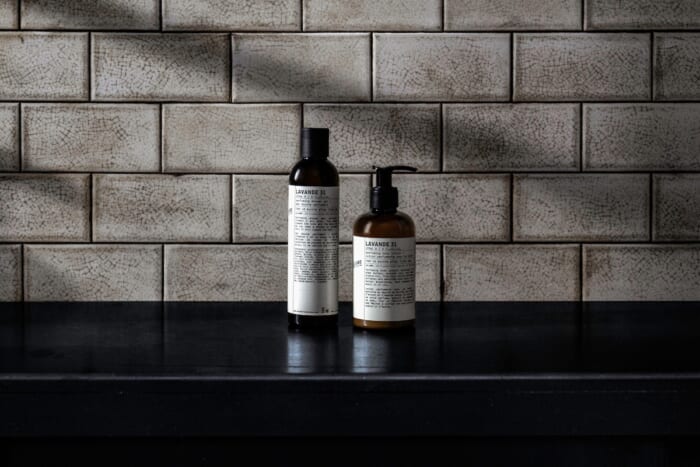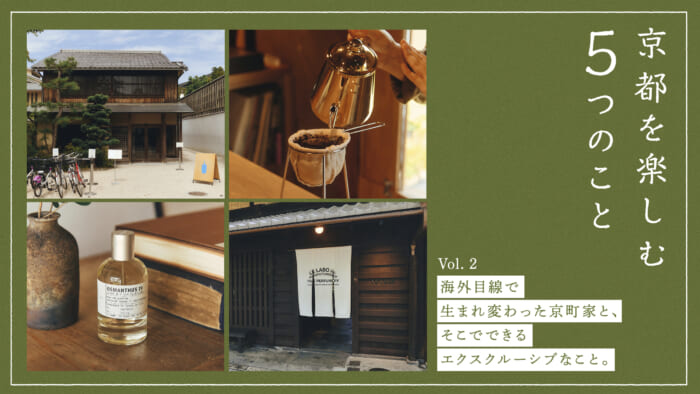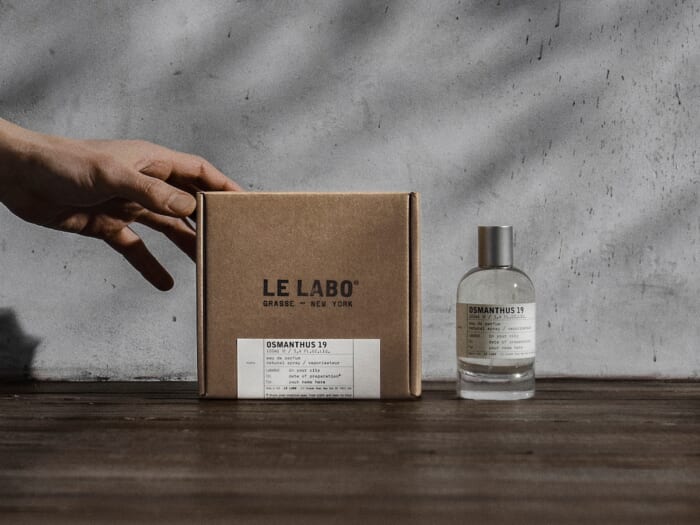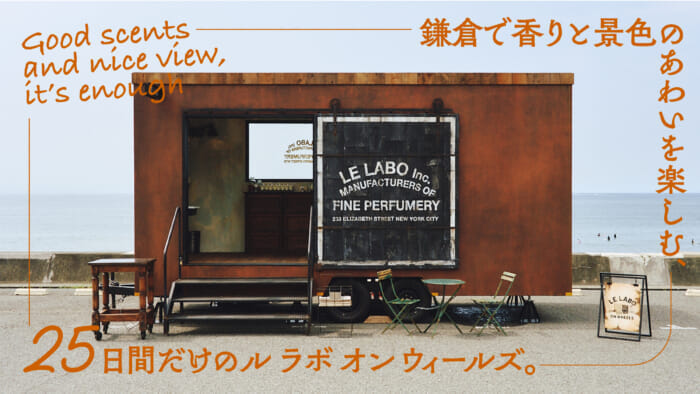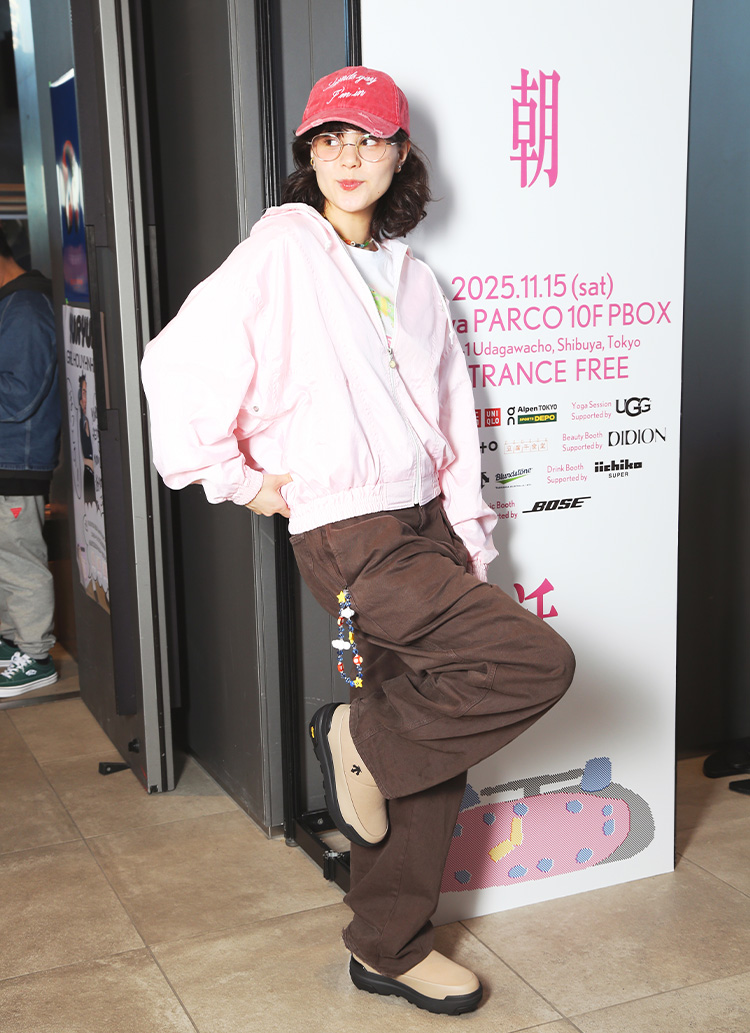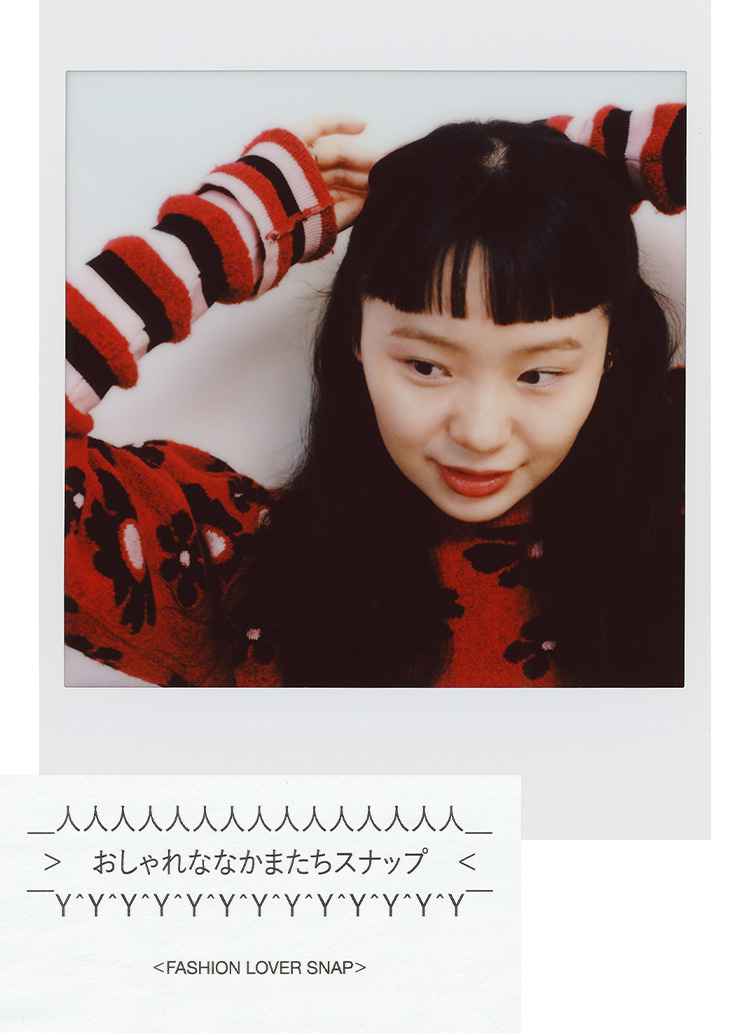The view of the world of the townhouse that goes hand in hand with perfume.

OSMANTHUS 19" will actually be sold at two stores in Kyoto. One of them, "Le Labo Kyoto Machiya," was born this spring from the renovation of a machiya that used to be a sake brewery.




The base building was constructed in the Meiji era (1868-1912), and the two-story machiya (townhouse) with a kitchen built more than 150 years ago has a unique atmosphere born of the long years of its construction. Passing through the noren (curtain), one can see the lab in the former Misenoma where fresh blending is done, and proceeding from Misenowa to Hashiriniwa, the shaded interior of the store is a modernized Kyoto-style machiya.
The Kyoto machiya, from which the term "eel bed" was derived, has a narrow frontage and a deep interior. The traditional beams called hibukuro (fire pockets) on the ceiling and the kitchen area were left in place, while new copper water pipes and wooden shelves were installed, which were chosen with careful consideration not to detract from this world view. This is because the old and new materials used in various places coexist without any sense of discomfort. It goes without saying that the building itself resonates with the concept of "OSMANTHUS 19.




This "Le Labo Kyoto Machiya" is a special store design, different from other "Le Labo" stores. Vintage furniture and bonsai trees, the tsuboniwa garden seen through the glass doors of the building, and the lab surrounded by wooden latticework are all unique in the world. Although it is a foreign brand, one would never have expected to find such a high sense of Japanese aesthetics here...
The most important of these is the Japanese aesthetic and philosophy of "wabi-sabi". This concept, which came to the West about 100 years ago, seems to be so important to Le Labo that they published a book titled "WABI SABI DESIGN BOOK" influenced by Leonard Koren's "Wabi-Sabi: Reading the Wabi Sabi".
The furniture and tools on display are so well harmonized that one could easily pass by them without paying close attention to the details.


The wide windows allow light to stream in, giving a different look to the perfumes from the Classic Collection. The simple bottle design matches any space. Enjoying the seasonal view and searching for your favorite fragrance may lead you to a different discovery.
Of course, in addition to perfume, you will find almost all of Le Labo's creations, from shower gel, body cream, hand cream, hand soap, lip balm, and other classic items to tote bags.


Further in past the hashiriniwa sink, you will find the cafe in a renovated warehouse and the back garden, which is typical of a Kyoto machiya, as seen from inside the store. In the brightly lit garden, which contrasts with the calm interior of the store with its shadows, you can enjoy delicious coffee and cookies brewed by the barista while experiencing the four seasons and taking a closer look at the architecture. The café specializes in takeout, and all menu items are vegan.



After taking off their shoes, visitors go up to the second floor, where there is a room for perfumers and a room for artisans. It is unique in that only a limited number of people can go up because of the old wooden structure, and cats can sometimes be seen crossing the roof on the first floor.
The perfumery room was created in the image of a perfumer's workplace. Visitors can look through bottles to see essential oils and other raw materials, and experience the fact that the things around them are part of the ingredients of perfumes. The low ceiling characteristic of the kitchen's second floor also creates a sense of excitement, making it feel like a hideout.
In addition, Le Labo regularly invites craftsmen to demonstrate their skills to the craftsmen. This is another sign of Le Labo's respect for craftsmanship. In the past, a calligrapher and a traditional Japanese fan craftsman have appeared at the store, where customers were able to see the process of creating their works and receive service. The works displayed in the store were also created by the calligraphers. This special service, where you can experience the Japanese sense of beauty and careful handiwork, can only be experienced at this store. It is said to be announced on the official website, so if you are interested, please check it out.


